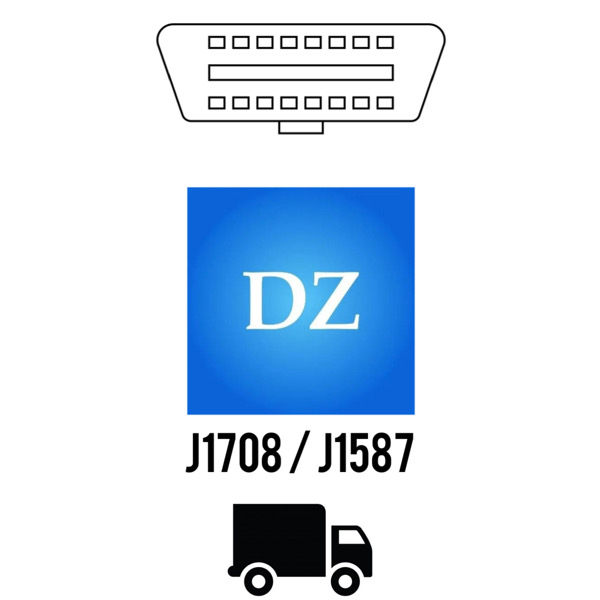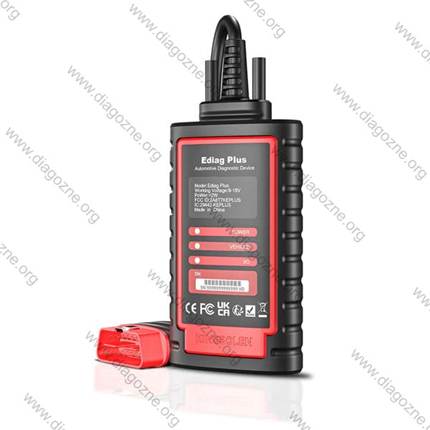J1708 / J1587: Communication Protocols for Older Heavy-Duty Vehicles and Construction Machinery

SAE J1708 and SAE J1587 are legacy communication protocols designed for heavy commercial vehicles and construction machinery produced before the introduction of modern CAN-based systems (J1939). Although partially outdated today, they are still widely used in many diagnostic and service applications due to the large number of older vehicles still in operation.
How J1708 and J1587 Work
- J1708 defines the physical communication layer — the way data is transmitted between the vehicle’s ECUs (Electronic Control Units). It uses the RS-485 standard with a data rate of 9600 bits per second.
- J1587 defines the data link and application layers — how messages are encoded and interpreted, including Diagnostic Trouble Codes (DTCs).
Together, they form an early communication system between the engine, transmission, ABS, and other essential modules in heavy-duty vehicles.
Launch OBD-II adapters that support the protocol:
DBScar IV, DBScar V, DBScar VII
ThinkDiag devices that support the protocol:
ThinkDiag 2
Ediag devices that support the protocol:
Ediag Plus, Ediag Elite


Vehicle types and brands supported by the protocol:
Older heavy-duty trucks, buses, and construction machinery produced before the widespread adoption of the J1939 protocol, including Volvo Trucks, Mack, Freightliner, Kenworth, Peterbilt, Cummins, Caterpillar, and John Deere.
This protocol uses serial communication (RS-485) and enables the exchange of diagnostic data between ECU modules in older HD systems.
Advantages of J1708 / J1587 Protocols
- Simple data structure and easy-to-understand message format
- Reliable communication under harsh working conditions
- Compatible with older trucks and heavy machinery
- Long-term support — still used in service and diagnostic tools
Disadvantages and Limitations
- Low data transfer rate (9600 bps) limits data volume
- No support for advanced functions available in J1939 or CAN FD
- Limited compatibility with modern diagnostic systems
- Gradually being replaced by modern CAN and Ethernet protocols
Use of J1708 / J1587 Protocols
These protocols are used in trucks, buses, construction, and agricultural machinery manufactured from the late 1980s to the early 2000s. They are primarily used for basic diagnostics of the engine, transmission, brake system, and dashboard components.
Conclusion
Although J1708 and J1587 are now considered obsolete compared to modern communication standards, they still play a crucial role in maintaining and diagnosing older vehicles and machinery. Their simplicity and proven reliability make them an essential part of the history of electronic systems in transportation and industrial applications.

